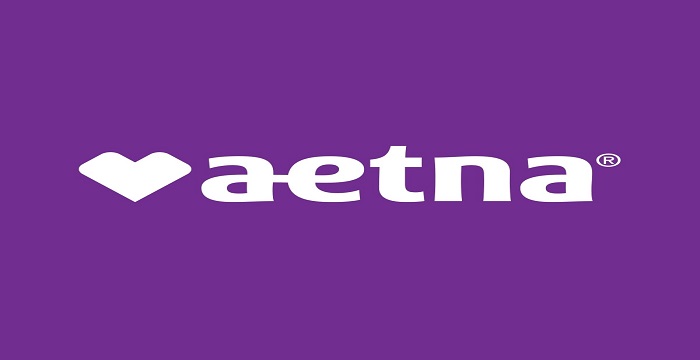
AI In Sports has become more integrated into numerous parts of sports, improving performance, strategy, and observer engagement. Here’s an overview of how AI is being used throughout the sports sector.
Performance Analysis and Optimization:
Wearable Technology and Biomechanics:
AI-powered devices monitor athletes’ biometrics, motions, and physiological factors. This information is useful in understanding performance, adjusting training treatments, and preventing injuries.
Video Analysis:
AI examines video footage to evaluate player skill, technique, and strategies. This is used in sports such as soccer, basketball, and tennis to break down motions and tactics.
Injury Prevention and Rehabilitation:
Predictive Analysis:
AI models predict injury risk by examining historical data, training loads, and biometrics. This allows preventive steps to be done.
Rehabilitation Monitoring:
AI helps determine recovery success by evaluating movement patterns and compliance with rehabilitation routines.

Game Strategy and Tactics:
Data-Driven Decision Making:
Coaches and teams utilize AI to evaluate massive amounts of data from previous games to inform strategy and decision-making. For example, AI can recommend optimal lineups and in-game modifications.
Opponent Analysis:
One major benefit of AI In Sports is that it AI assists in analyzing competitors’ methods and weaknesses, providing insights into how to effectively counter them.
Fan Engagement and Experience:
Personalized Content:
AI customizes material to fans’ tastes, increasing their experience with personalized news, highlights, and interactive elements.
Virtual and Augmented Reality:
AI improves fans’ AR and VR experiences by giving immersive and interactive ways to engage with sports material.
Officiating and Fair Play:
Instant Replay and Decision Support:
AI helps referees and umpires make real-time decisions using instant replay analysis and predictive algorithms.
Fair Play Monitoring:
AI analyzes performance data and patterns to identify deviations and potential cheating, such as doping or match-fixing.
Scouting and Recruitment:
Talent Identification:
AI evaluates and recognizes developing talent by examining performance metrics and prospective growth paths.
Player Valuation:
AI models evaluate a player’s value and prospective influence, which helps with transfer choices and contract negotiations.
AI in Broadcasting and Media:
Automated Highlights:
AI can automatically generate highlight reels by identifying key moments in a game.
Enhanced Analytics:
Broadcasters employ artificial intelligence to give in-depth analytics and insights during live broadcasts, boosting the viewing experience with real-time statistics and predictions.
Real-time Examples of AI In Sports Industry:
IBM Watson and Tennis:
Watson, IBM’s AI technology, is employed in tennis to deliver match insights, player performance analysis, and fan engagement via the US Open app.
Second Spectrum and NBA:
The NBA has teamed with Second Spectrum, which employs artificial intelligence to detect player movements and give advanced information to teams and broadcasters.

Statcast and MLB:
MLB’s Statcast uses artificial intelligence to evaluate player motions and actions, providing detailed insights into baseball games.
AI In Sports Future Trends:
AI in Youth Sports:
The AI is anticipated to be utilized more to identify and develop young potential, giving opportunities and training at an early level.
Advanced Predictive Analytics:
AI will improve predictive models, resulting in more precise predictions for injuries, performance, and game outcomes.
Enhanced Virtual Coaching:
AI-powered virtual coaching platforms will become more advanced, offering tailored guidance to athletes of all levels.
Smart Stadiums:
AI will play an important part in the development of smart stadiums, enhancing everything from crowd control and security to personalised fan experiences.
More Topics: AI In Fashion Industry
In Summery:
In summary, AI’s position in sports is varied and ever-changing, offering major benefits in performance enhancement, strategic planning, and audience engagement but also posing new obstacles that must be handled. The use of AI in sports not only changes how games are played and studied, but it also improves the overall experience for athletes, coaches, and fans.






